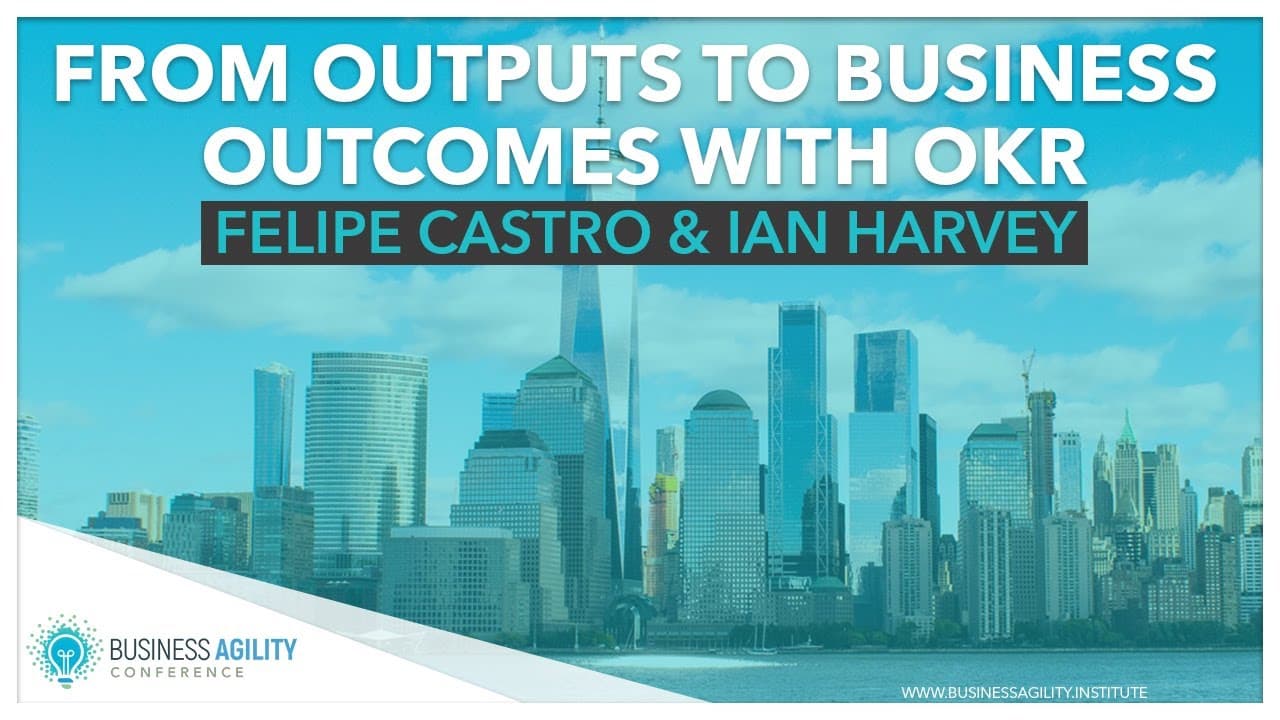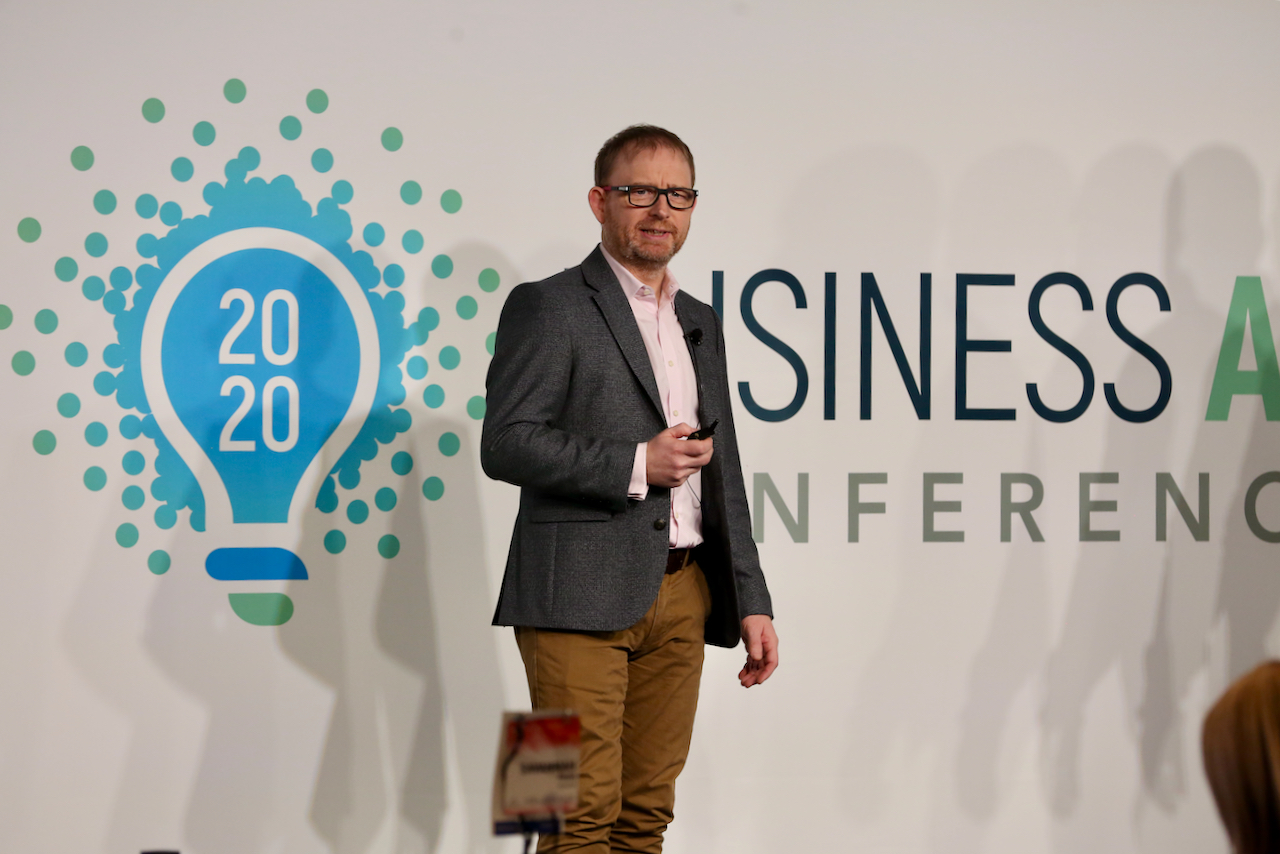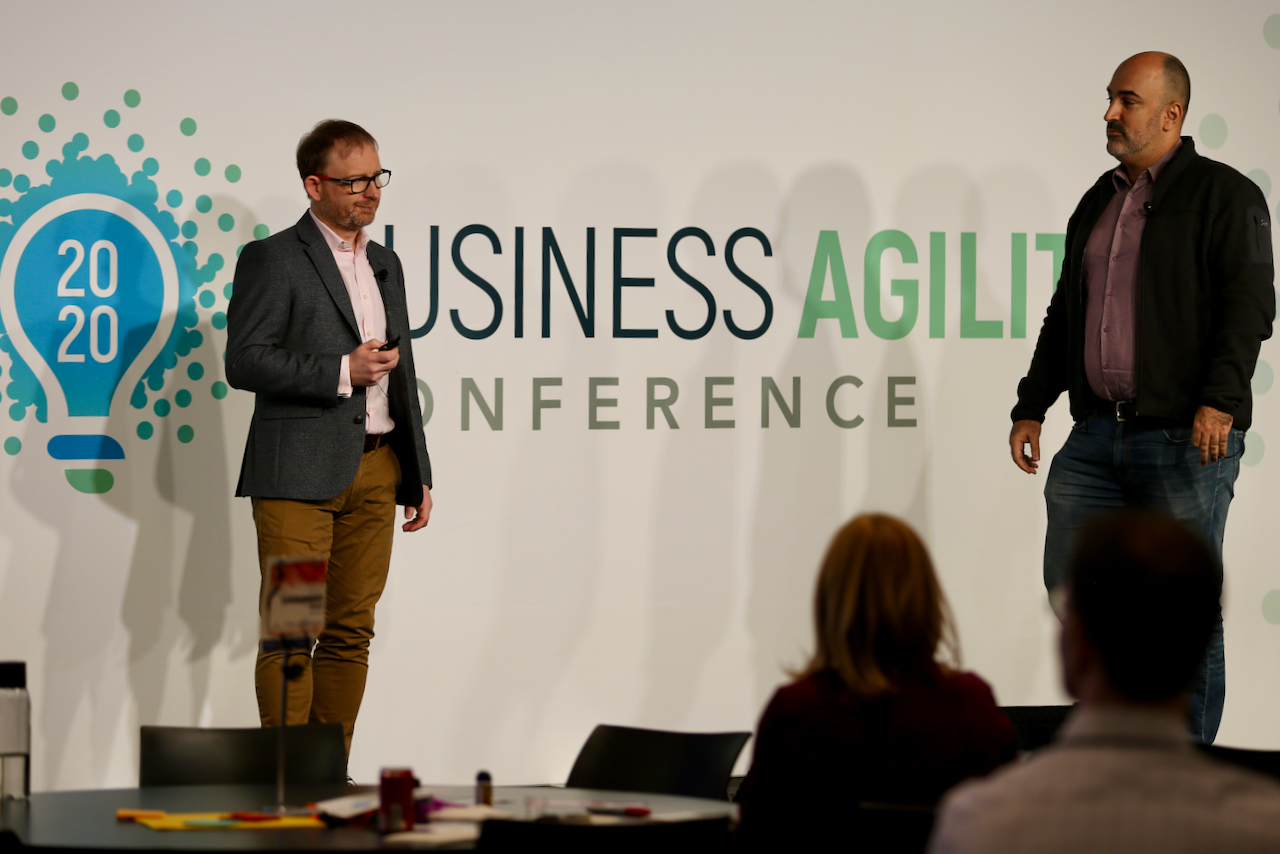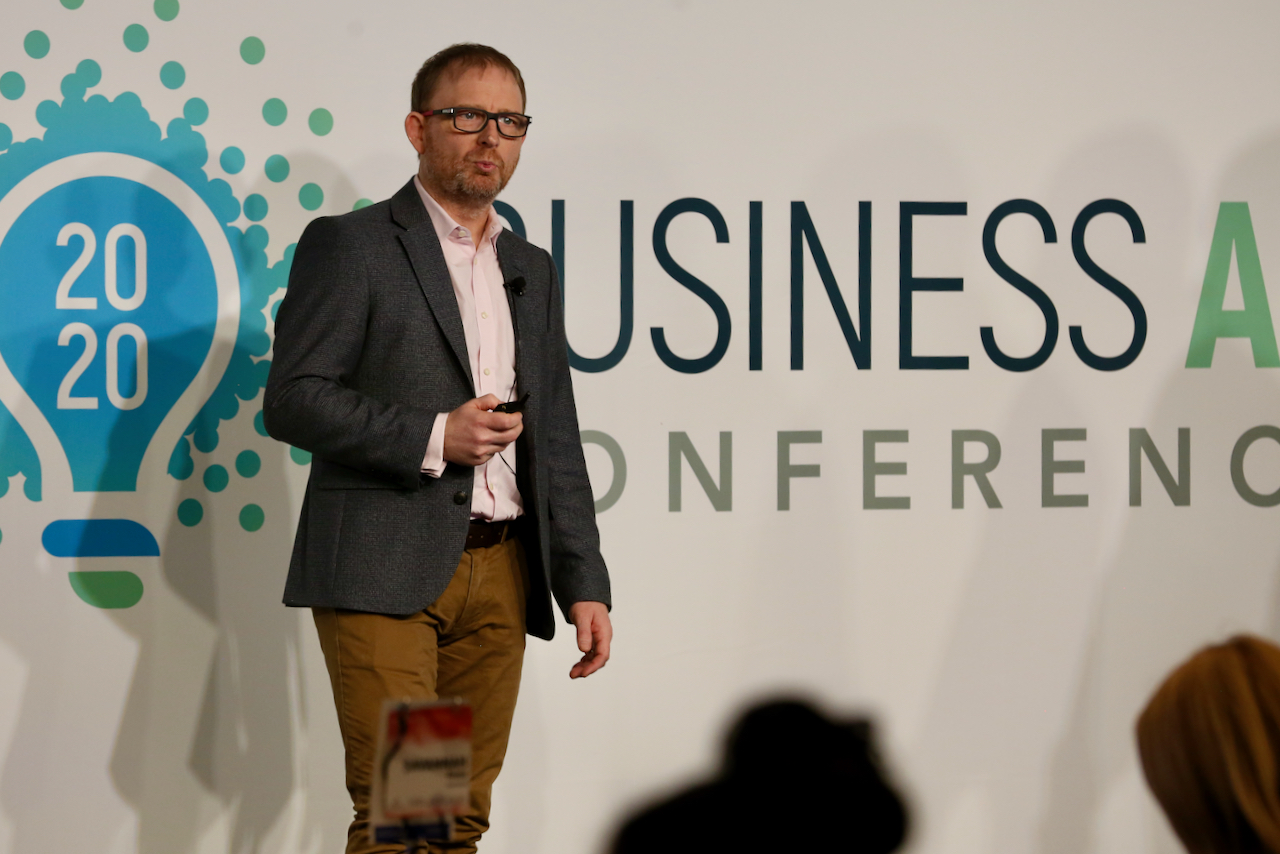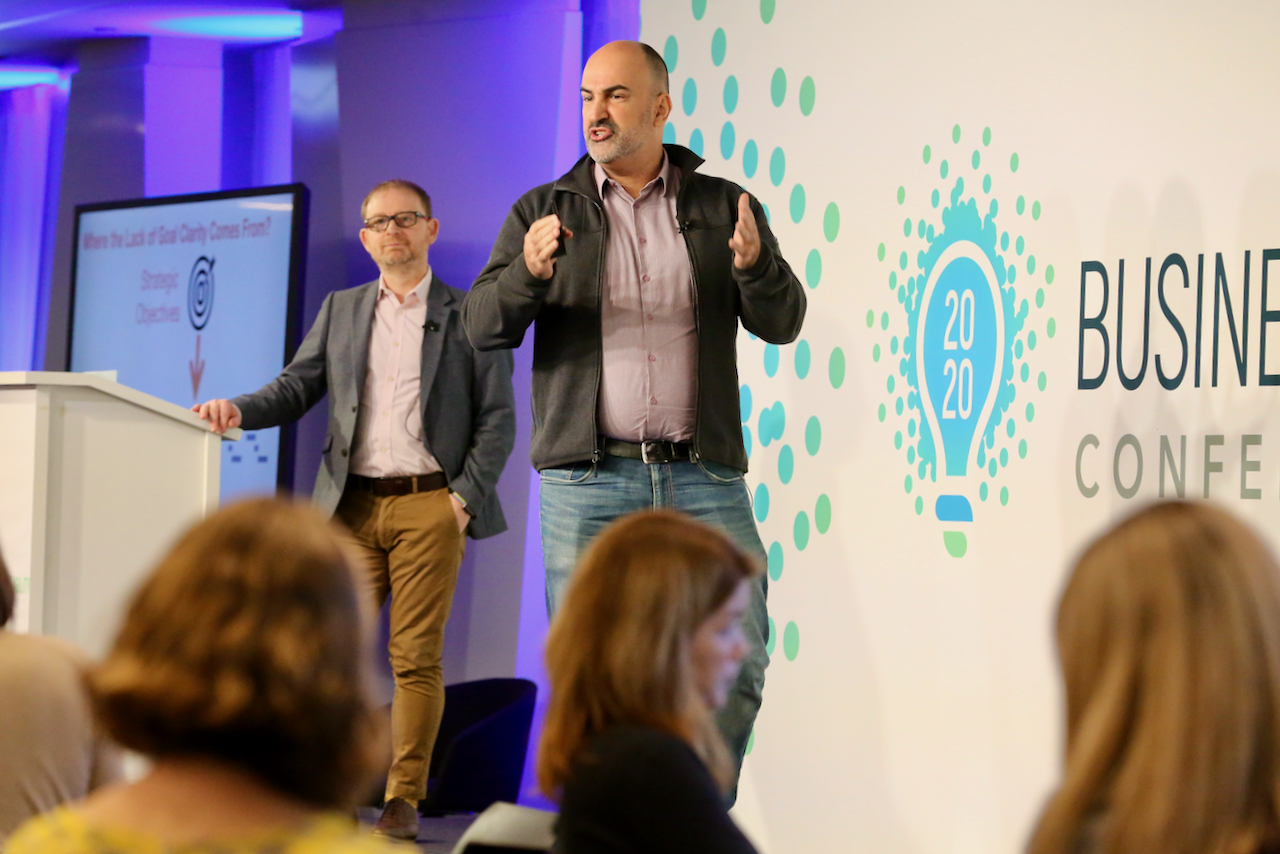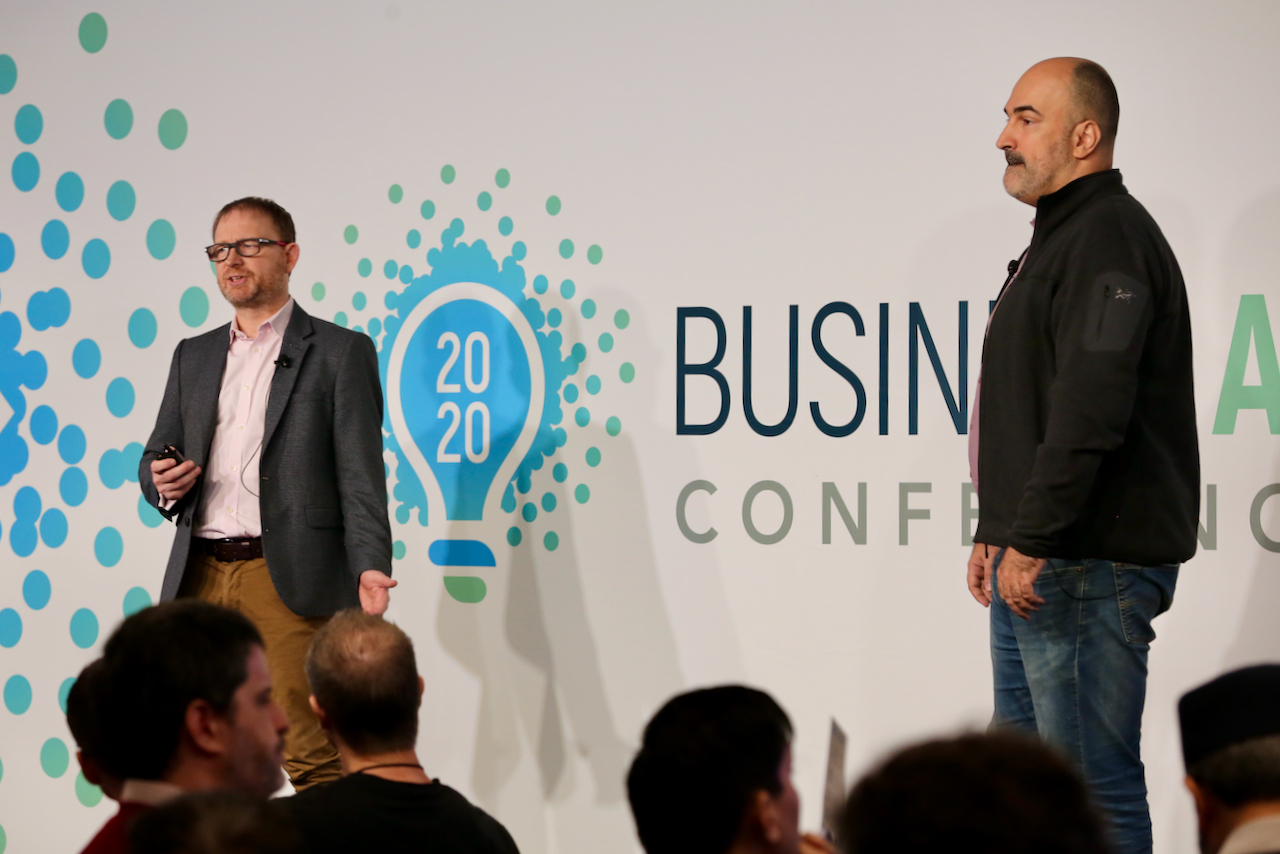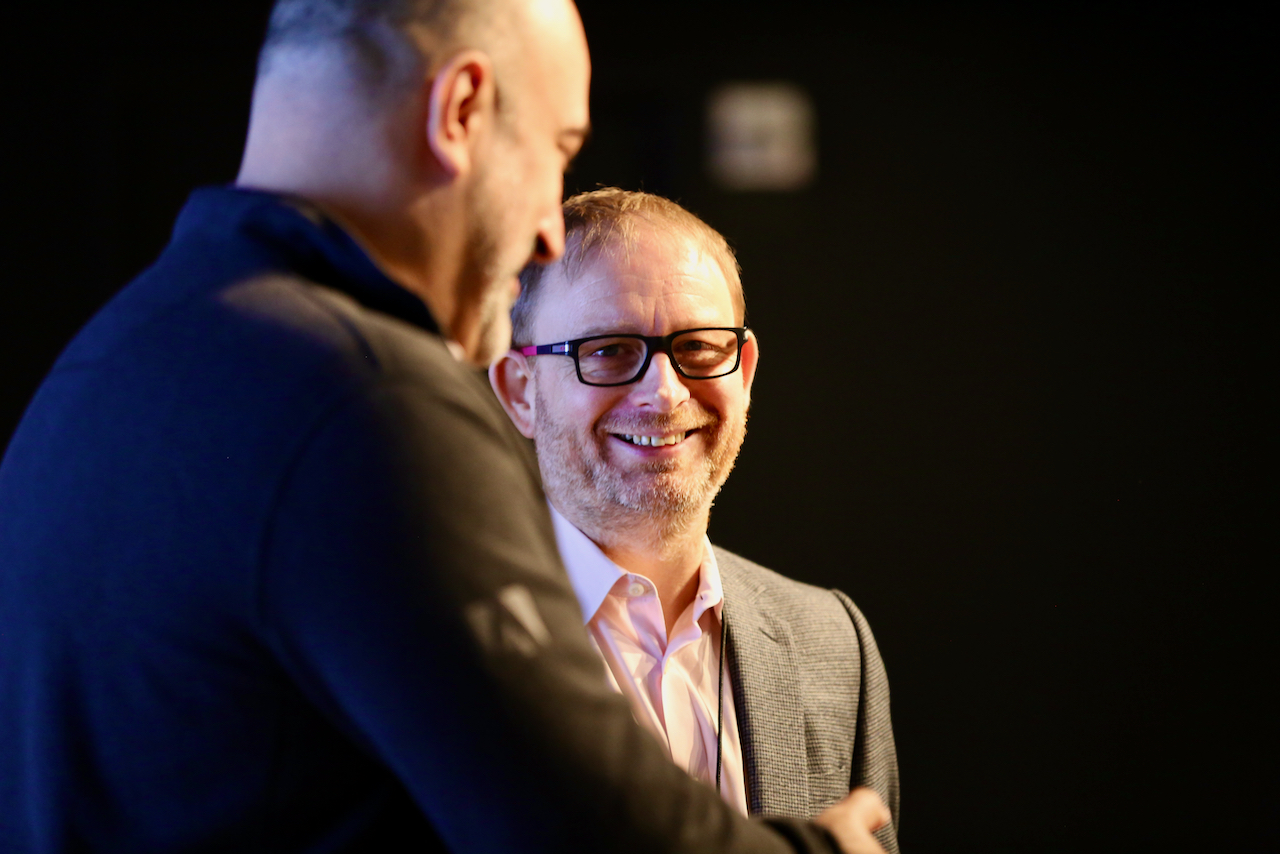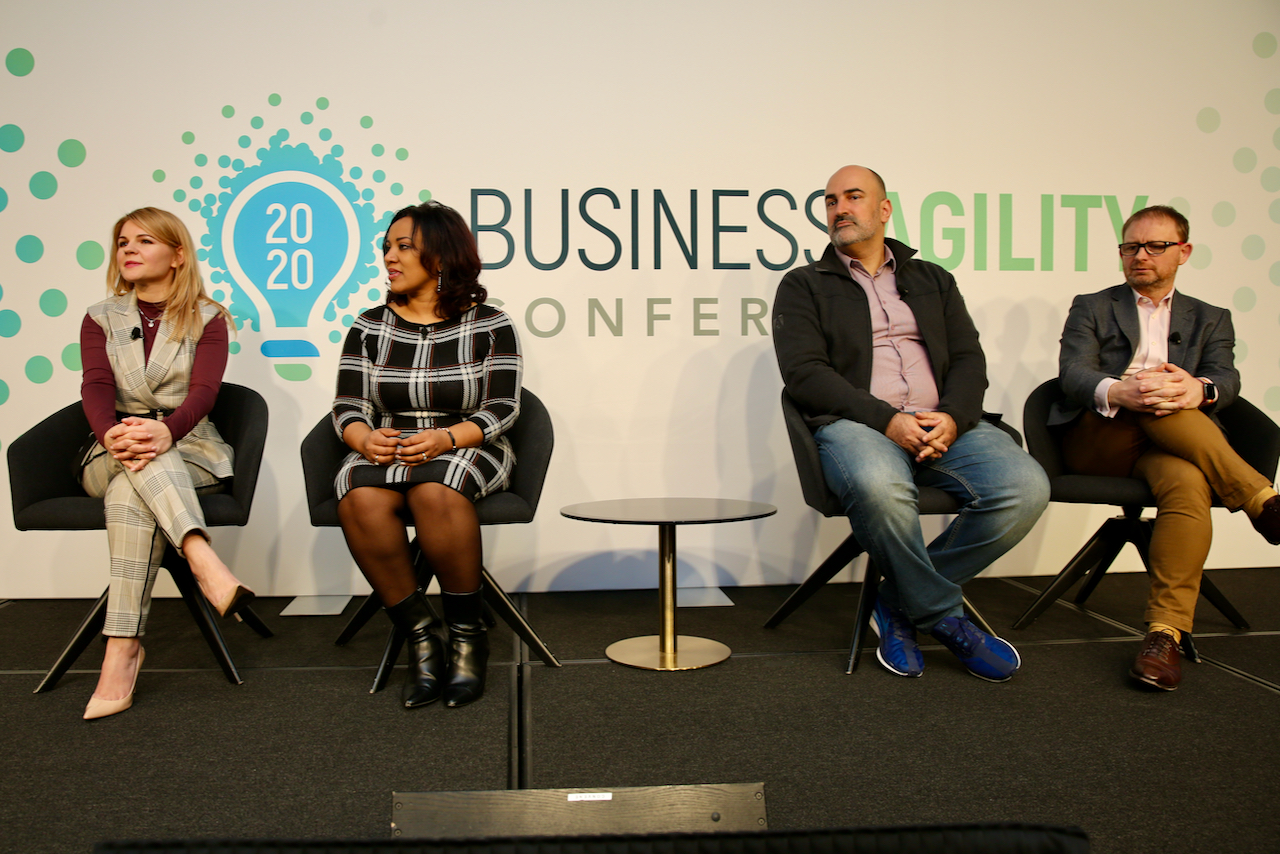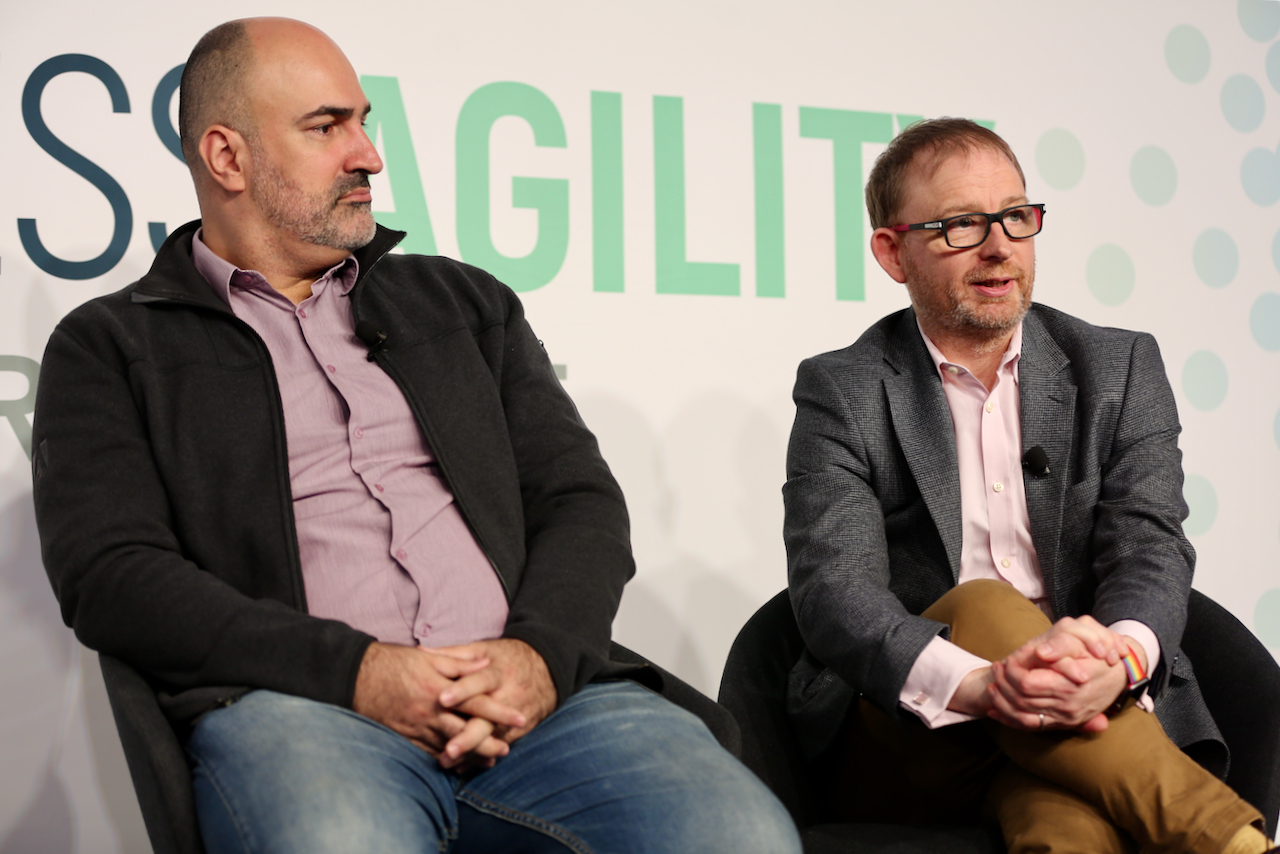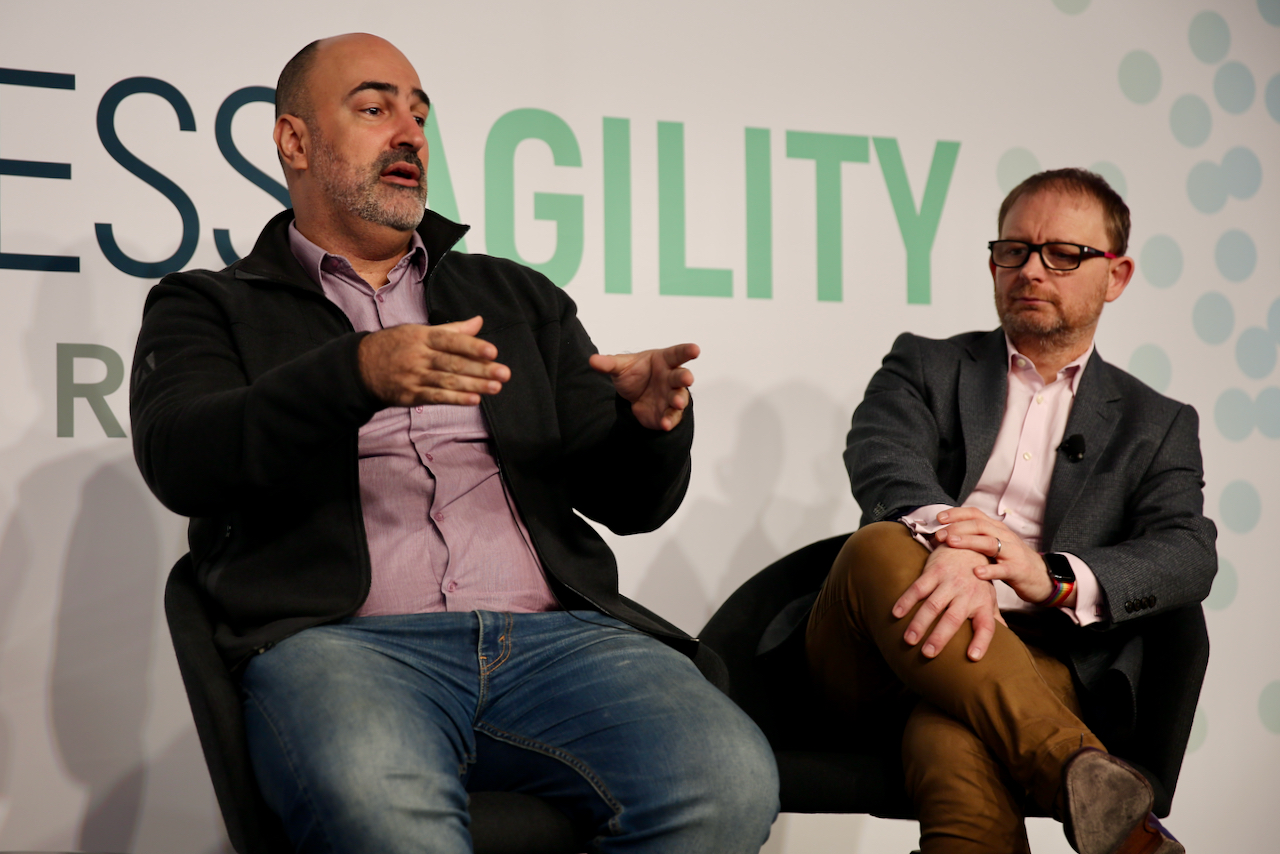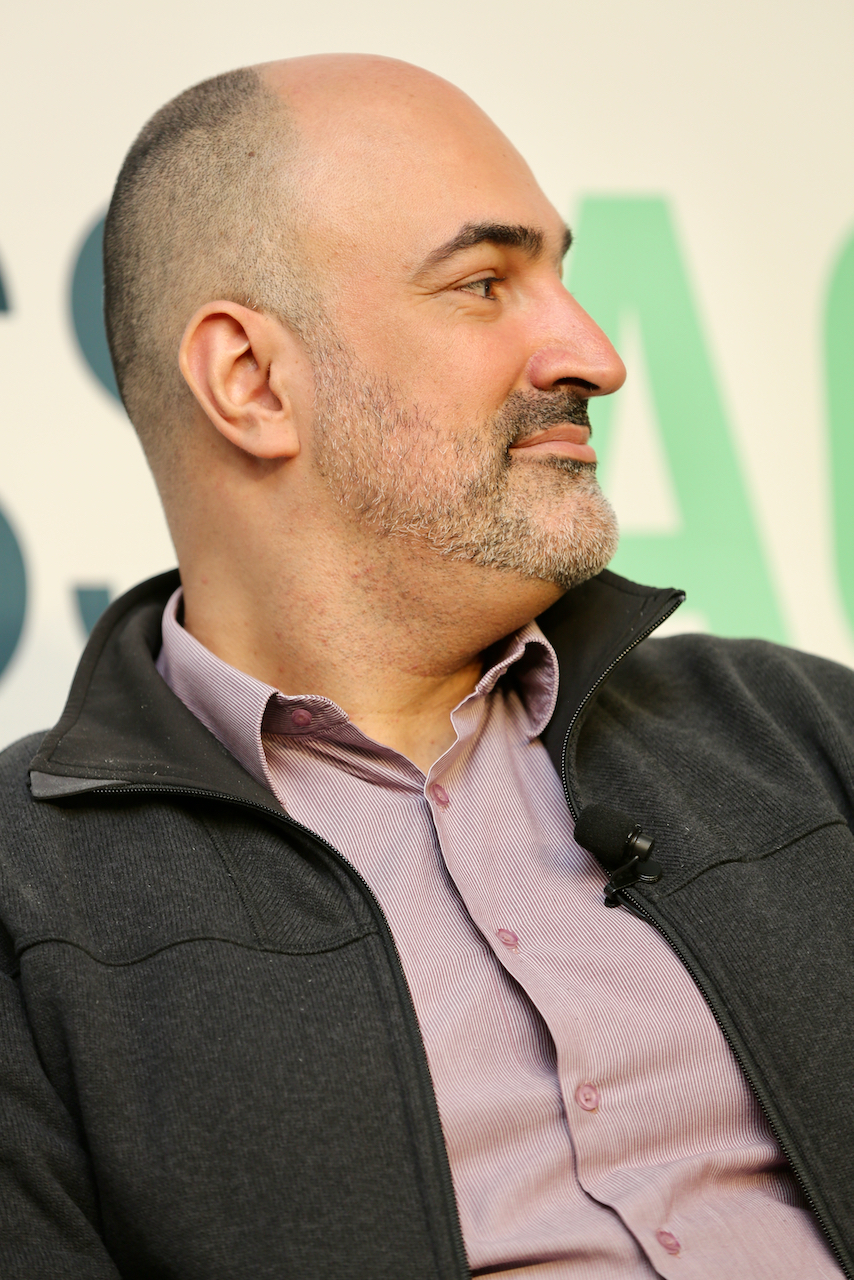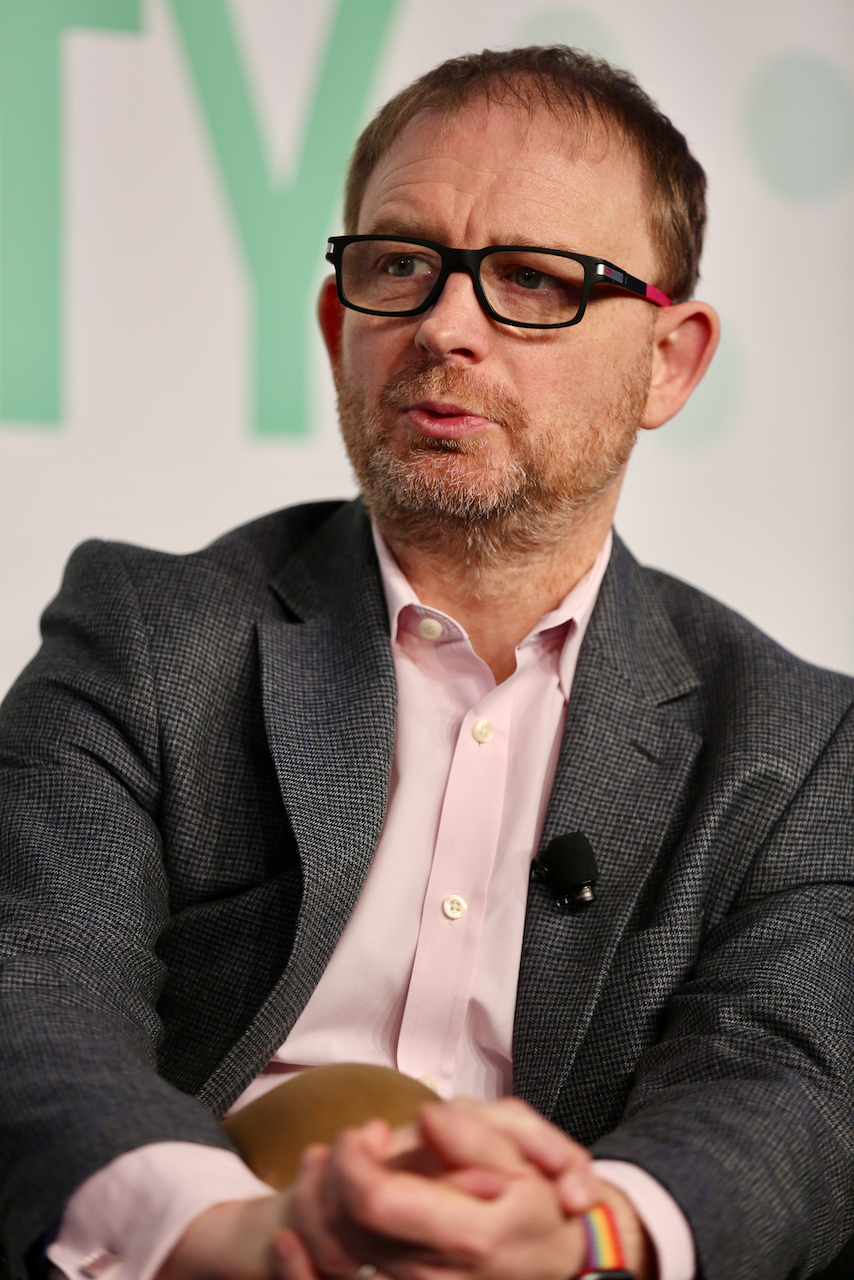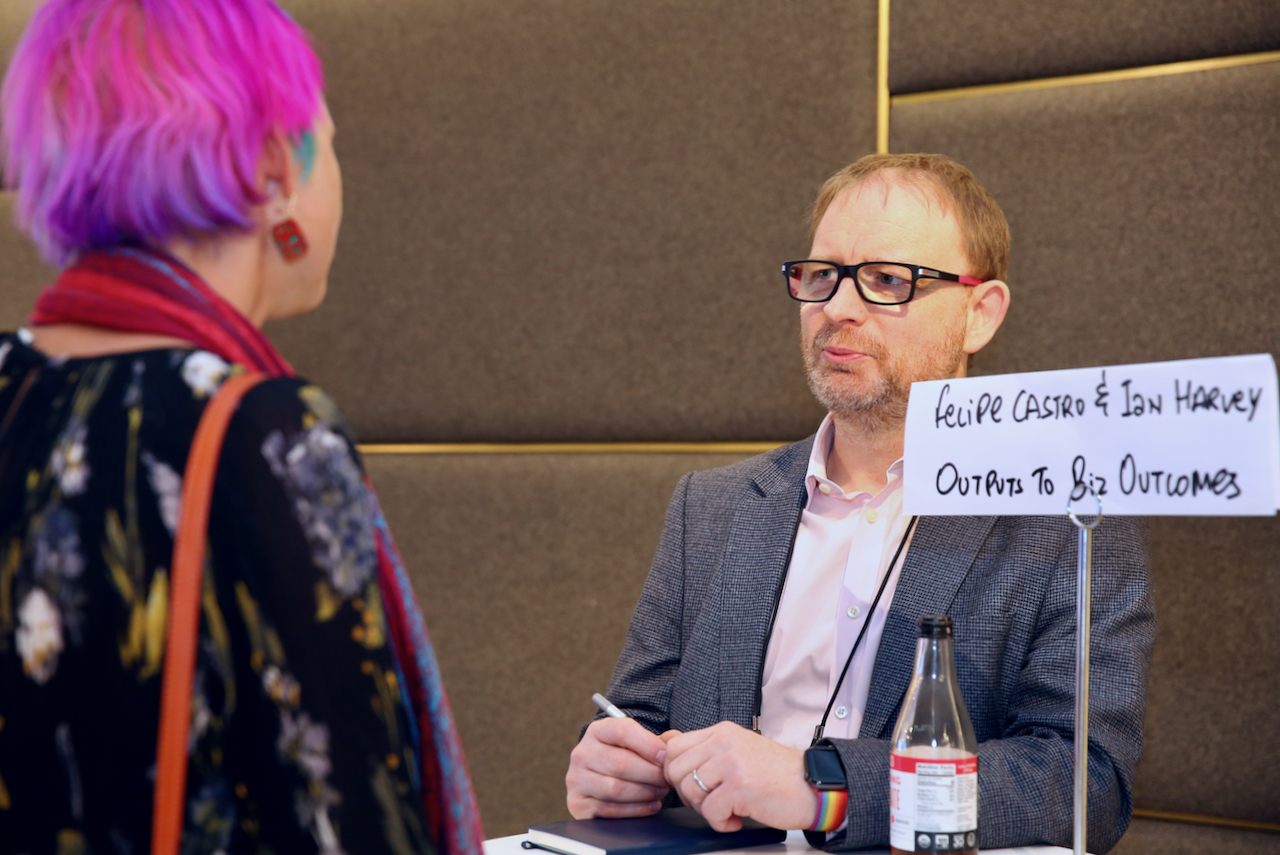Thank you, everyone! I'm Felipe Castro, and I’m here with Håkan to talk about Elsevier's journey from outputs to outcomes using OKRs.
Imagine It’s 1995...
Now, I want you to imagine it’s 1995. You’re a print publishing company that was founded in 1880. The internet is starting to take off, and then this happens...
Forbes magazine—one of the most respected business publications—predicts that the internet’s first victim will be Elsevier. They claim that Elsevier will be "as essential for the future as a Xerox machine."
Elsevier, primarily a print publisher of scientific journals, was declared doomed by Forbes and many others. They believed that the internet would allow new competitors and startups to do our job cheaper and faster.
And it didn’t stop there. In 1998, Forbes doubled down on their prediction, stating that Elsevier had failed to capitalize on the internet.
Now, Felipe and I are old enough to remember 1998, and frankly, not many companies had capitalized on the internet back then. But Forbes was really sticking the knife in.
As Mark Twain said, "Reports of their death were greatly exaggerated." Otherwise, we wouldn’t be standing here today!
How Elsevier Survived and Flourished
Despite Forbes’ predictions, we didn’t just survive—we flourished. We embraced the shift from paper to digital, which was crucial to our success.
Imagine 1995—most scientific articles were read in printed journals, stored in institutional libraries. We changed that. We moved scientific publishing online, embracing the internet and the opportunities it brought.
More recently, we’ve evolved again, transitioning from being a publisher to an analytics company. We now hold huge amounts of scientific data and help our customers—institutions and funders—not just access information but make better decisions.
The Challenges We Face Today
Despite our success, competition has never been tougher. Change is happening faster than ever, and it’s only intensifying.
- Established publishers have stepped up their game.
- Analytics providers are entering the market.
- Bad actors are attempting to steal our content.
- Startups are coming in with disruptive new ideas.
- Emerging trends are shifting how people consume and pay for content.
- We’re competing for the same tech talent as Facebook, Google, and Booking.com.
The Need for Clarity
To stay competitive, we adopted agile techniques and invested heavily in product development strategies from Silicon Valley Product Group. But something was still missing—we needed clarity.
At a leadership meeting in Berlin, our top 100 managers identified three key challenges. The number one challenge was ensuring that everyone in the company could connect to Elsevier’s goals. We realized this was critical, not just for business outcomes but also for employee engagement.
Deloitte research shows that employees with written-down goals, shared openly, have higher job satisfaction and engagement. So, we launched a Goal Clarity Team to address this challenge.
Why OKRs?
The team identified OKRs (Objectives and Key Results) as the best framework to create alignment.
For those familiar with Marty Cagan and his book Inspired, you may already know that OKRs were an obvious choice.
As a member of the Goal Clarity Team, I reached out to Chris Jones at Silicon Valley Product Group and asked, "Can you connect us with someone who can teach us about OKRs?"
Chris said, "There’s only one person we work with." And that’s how we met Felipe Castro—who is now sitting to my left!
The Traditional Planning Problem
Before diving into our OKR implementation, let’s look at the root cause of the lack of clarity in most companies.
Traditional planning follows a flawed process:
- Executives hold an offsite and define strategic objectives.
- Those objectives are cascaded down into projects (often called "strategic initiatives").
- Teams are assigned these projects, but they lack visibility into the strategy behind them.
The result? Teams don’t know why they’re working on something. When asked, "Why is this project a priority?" most will respond, "Because my boss said so."
The Problem with Measuring Success
Even in agile organizations, many companies still follow a project-based funding model:
- Someone has an idea.
- If the idea is big enough, a business case is written (often full of assumptions).
- If approved, the project gets funded.
- Teams spend months building it.
- Eventually, the project is launched.
And then… nothing.
Success is measured by launching, not by delivering actual business impact. Many projects get canceled, delayed, or fail to meet expectations, yet companies rarely measure whether the promised benefits were actually achieved.
Shifting to an Outcome-Based Approach
To change this, we adopted OKRs and a new way of working:
- We replaced long project cycles with fast iterations.
- We stopped spending 18 months building a wedding cake. Instead, we tested ideas with cupcakes—small, iterative experiments.
- We focused on measuring outcomes, not just tracking outputs.
Implementing OKRs at Elsevier
OKRs force teams to define:
- Objectives: What do we want to achieve?
- Key Results: How will we measure success?
For example, instead of saying, "We want to create an awesome Christmas experience," we define key results:
- Increase repeat purchases from Christmas customers.
- Increase customer satisfaction scores.
- Maintain marketing costs within budget.
The ScienceDirect Example
ScienceDirect is Elsevier’s core content platform—a billion-dollar business. It was one of the first teams to adopt OKRs.
Their initial OKRs were output-based and lacked clear measurements. But after refining their approach, they defined OKRs that were clear and outcome-driven:
- Reduce illicit access to content from X% to Y%.
- Minimize support tickets related to access issues.
- Reduce CAPTCHA pop-ups to improve user experience.
The Results
- User sentiment for a key feature improved from 45% to 20% (lower is better).
- CAPTCHA pop-ups were reduced by 50%, improving customer experience.
- Support calls decreased by 40%.
- Employee engagement scores improved.
- ScienceDirect’s Net Promoter Score increased by 20 points, while competitors declined.
Final Thoughts
OKRs helped us shift from outputs to outcomes. It’s an ongoing journey, but the results speak for themselves.
If you want to learn more, feel free to reach out at felipecastro.com.
Thank you!

